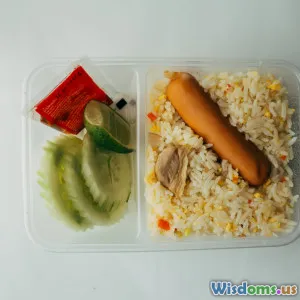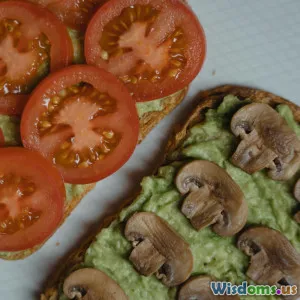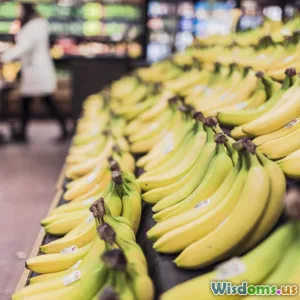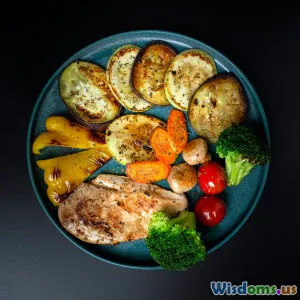
Superfoods for Athletes Enhance Recovery with Real Food
15 min read Discover how superfoods support athletic recovery using real, nutrient-rich foods for optimal performance and faster muscle repair. (0 Reviews)
Superfoods for Athletes: Enhance Recovery with Real Food
Athletic performance is a harmony of training, rest, and nutrition. But among the swirling sea of powders, pills, and processed snack bars, the most potent recovery aids often come from simple, whole food sources. Superfoods – nutrient-packed natural foods – can supercharge muscle repair, reduce inflammation, and fuel endurance, helping athletes bounce back faster and stronger. Let’s explore how to unlock the power of real food for recovery, with practical guidance rooted in research, real-world examples, and time-tested nutrition science.
The Science: Why Whole-Food Superfoods Matter for Recovery

Every squat, sprint, or swim triggers microtrauma in muscles – a natural and necessary stress that sparks adaptation. But to truly reap the benefits of training, athletes need to optimize what happens afterward: recovery. Nutrition can tip the balance, especially when it leans into nature’s most concentrated sources of healing compounds.
So-called superfoods – think blueberries, salmon, or pumpkin seeds – are rich in phytonutrients, antioxidants, natural anti-inflammatories, and often a complex balance of macronutrients and fiber. Research illustrates that compared to synthetic supplements, real foods offer improved bioavailability of nutrients and a coordinated spectrum of compounds.
For example, a 2020 meta-analysis in the Journal of Sports Sciences found that polyphenol-rich foods (berries, cherries, dark leafy greens) consumed post-exercise reduced inflammation markers and improved muscle recovery better than isolated antioxidant pills. In other words, laboratory-made vitamin C doesn't work as comprehensively as the vitamin C (and friends) found in a fresh orange.
Timing and Strategies: When (& How) to Eat Superfoods for Recovery

Timing your nutrition is as valuable as choosing the right foods. Here’s a simple how-to strategy to amplify recovery:
1. Immediately Post-Exercise: Refueling the System
- When: Within 30–60 minutes after training.
- Why: Muscles are eager to soak up nutrients and replenish glycogen stores.
- How: Pair fast-digesting carbs with a moderate amount of protein and include a superfood boost.
Example: A quick smoothie of Greek yogurt (protein), frozen tart cherries (antioxidants and carbs), and spinach (iron, magnesium).
2. Main Meals: Restoration & Synthesis
- When: At breakfast, lunch, or dinner post-training day.
- Why: Supports ongoing muscle repair and immune health.
- How: Compose a plate with lean protein, complex whole-grains, colorful vegetables, and a sprinkle of nuts or seeds.
Tip: Add roasted salmon (omega-3’s) to a quinoa bowl with red bell peppers and pumpkin seeds.
3. Evening/Night Recovery
- When: 1–2 hours before bed.
- Why: Boosts nighttime repair when human growth hormone peaks.
- How: A magnesium-rich snack helps relax muscles and improve sleep quality.
Try: A warm bowl of oats with a spoonful of almond butter and sliced kiwi (for vitamin C and serotonin-boosting compounds).
Top Superfoods for Recovery: What to Eat and Why
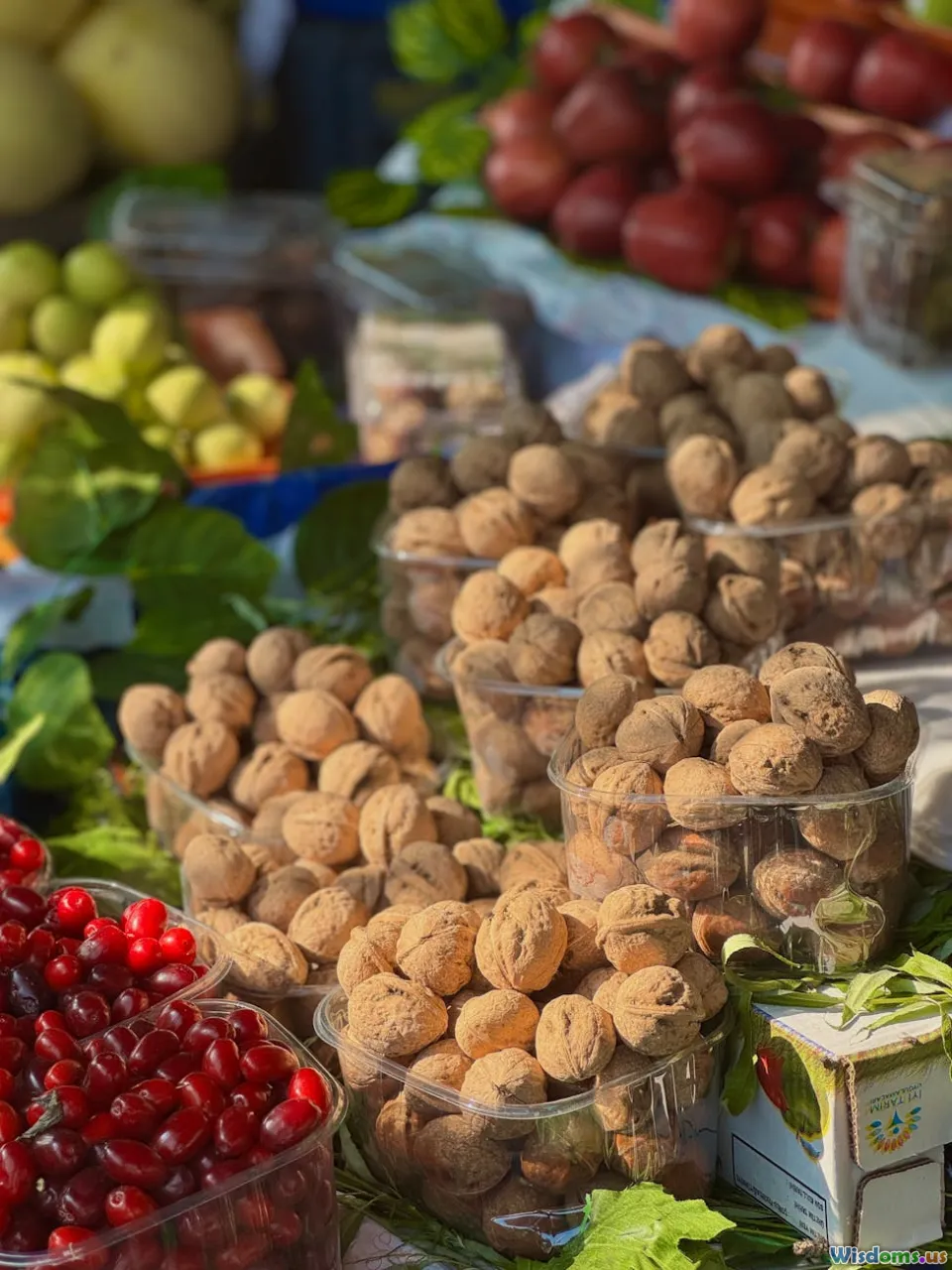
Let’s break down the superstar foods, each backed by evidence and loved by athletes around the world.
1. Tart Cherries
Why: Among the richest sources of anthocyanins, compounds known for slashing exercise-induced muscle soreness. Professional runners and cyclists often use tart cherry juice before and after grueling events.
Evidence: Studies in the Scandinavian Journal of Medicine & Science in Sports demonstrate significantly less muscle pain and faster strength return with regular tart cherry consumption post-workout.
How to use: Drink a small glass of tart cherry juice within one hour after your session/night before a tough event.
2. Salmon
Why: Packed with long-chain omega-3 fatty acids (EPA and DHA), which dampen inflammation and help rebuild damaged muscle tissues. Also a great source of high-quality protein and vitamin D.
Evidence: Research suggests omega-3-rich diets enhance muscle protein synthesis and may protect against delayed-onset muscle soreness.
How to use: Bake, grill, or flake into salads/bowls 2–3 times weekly. Opt for wild-caught if possible.
3. Spinach & Dark Leafy Greens
Why: Loaded with iron, magnesium, nitrates, and antioxidants, greens help oxygenate muscles and reduce oxidative stress.
Fact: Magnesium deficiency hampers muscle recovery, worsens cramps, and impairs sleep.
How to use: Sauté with eggs, stir into smoothies, or pile into wraps.
4. Pumpkin Seeds
Why: A small but mighty source of plant-based protein, zinc for healing, anti-inflammatory omega-3 ALA, and muscle-relaxing magnesium.
Evidence: Just a handful delivers about 40% of your daily magnesium needs.
How to use: Sprinkle over yogurt, blend into trail mix, or add to baking.
5. Blueberries
Why: High in polyphenolic antioxidants, which combat oxidative damage and expedite muscle cell recovery.
Case Study: Soccer players who consumed blueberry smoothies before and after matches recovered faster than a control group (University of Reading, 2018).
How to use: Stir into overnight oats or combine with nuts for a quick snack.
6. Greek Yogurt
Why: Outstanding in both protein (casein plus whey provides a sustained amino acid release) and probiotics, supporting gut health and immune function.
Tip: Opt for unsweetened versions to avoid unwanted sugar spikes.
7. Sweet Potatoes
Why: Rich in complex carbohydrates (glycogen replenishment), vitamin C, potassium, and beta-carotene for immune support.
How to use: Mash, roast, or slice into wedges for oven fries.
8. Turmeric and Ginger
Why: Both contain powerful natural anti-inflammatories (curcumin and gingerols, respectively). They inhibit key enzymes responsible for pain and swelling, supporting recovery.
Evidence: A 2023 trial in Nutrients found that curcumin supplementation reduced creatine kinase (a muscle damage marker) after heavy training.
How to use: Grate fresh into stir-fries, blend into golden milk, or steep in tea.
Building Your Recovery Plate: Practical Food Pairings

A smart recovery strategy isn’t just about single foods, but crafting meals that combine their benefits. Here are a few proven combos:
Power Smoothie
- Greek yogurt + tart cherries + blueberries + spinach + chia seeds (plant omega-3s, fiber)
- Perfect post-workout snack: Easy to digest and packed with protein, antioxidants, and minerals.
Salmon Quinoa Bowl
- Grilled salmon + cooked quinoa + roasted sweet potatoes + baby kale/spinach + pumpkin seeds
- These ingredients coalesce into a meal brimming with anti-inflammatories, slow-digesting carbs, and all nine essential amino acids.
Overnight Recovery Oats
- Rolled oats + diced kiwi + walnuts + sprinkle of turmeric + Greek yogurt base
- Supports muscle and joint repair overnight with a steady trickle of protein and minerals.
Turmeric-Ginger Tea
- Steep fresh ginger and turmeric, add lemon and honey for an anti-inflammatory boost
- Sipping after evening training can ease soreness and prepare your system for restful sleep.
Inflammation: Not Always the Enemy (and How Superfoods Help)
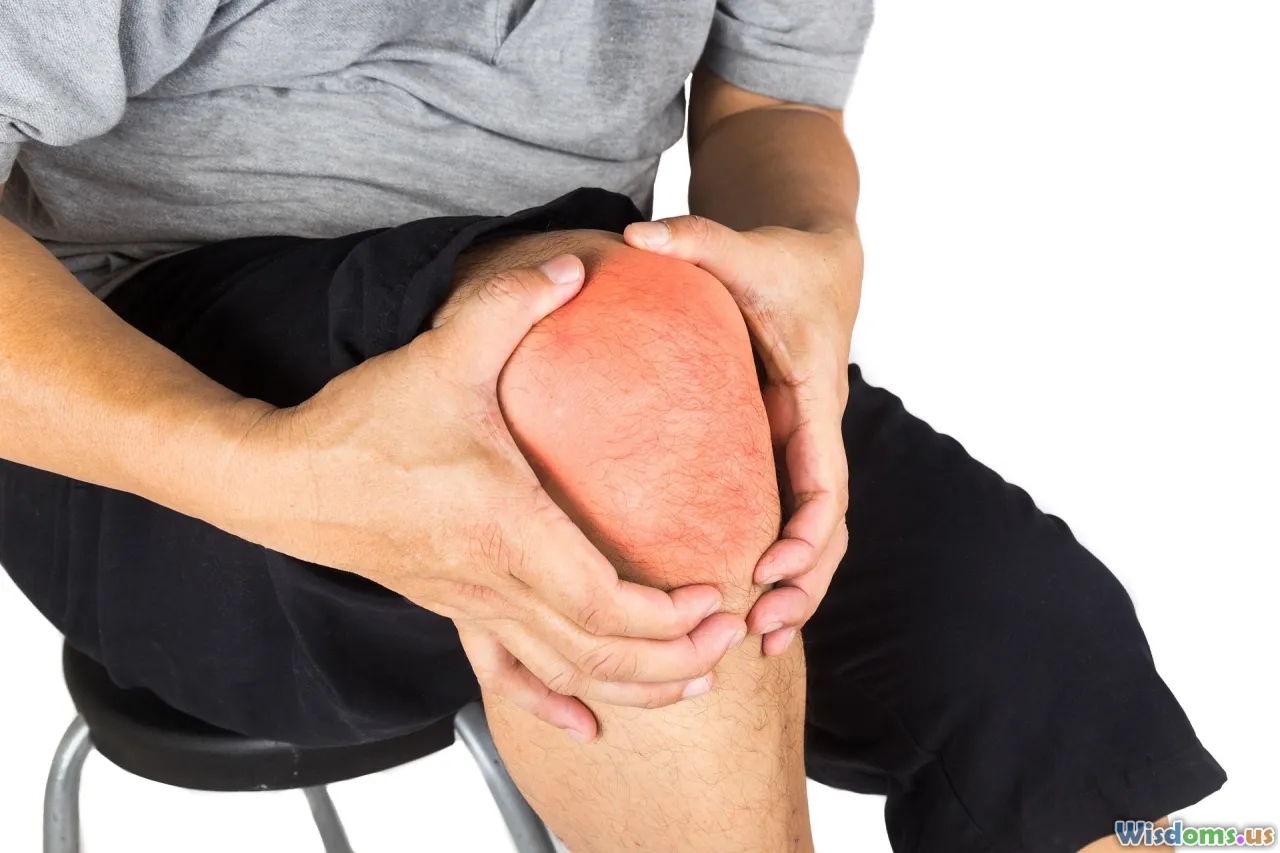
A crucial point for athletes: Not all inflammation is bad. Short-term, it signals muscle repair. But chronic, excess inflammation (due to overtraining or poor diet) stalls progress.
Instead of blasting away all inflammation with high-dose pills, use food to modulate it. Superfoods deliver a smart array of anti-inflammatories and antioxidants that fine-tune the healing process, without dousing it completely.
An example: Studies show that regular consumption of berries and leafy greens support immune vigilance without suppressing normal post-training adaptation responses.
Avoiding Common Mistakes: Not All "Superfoods" are Equal
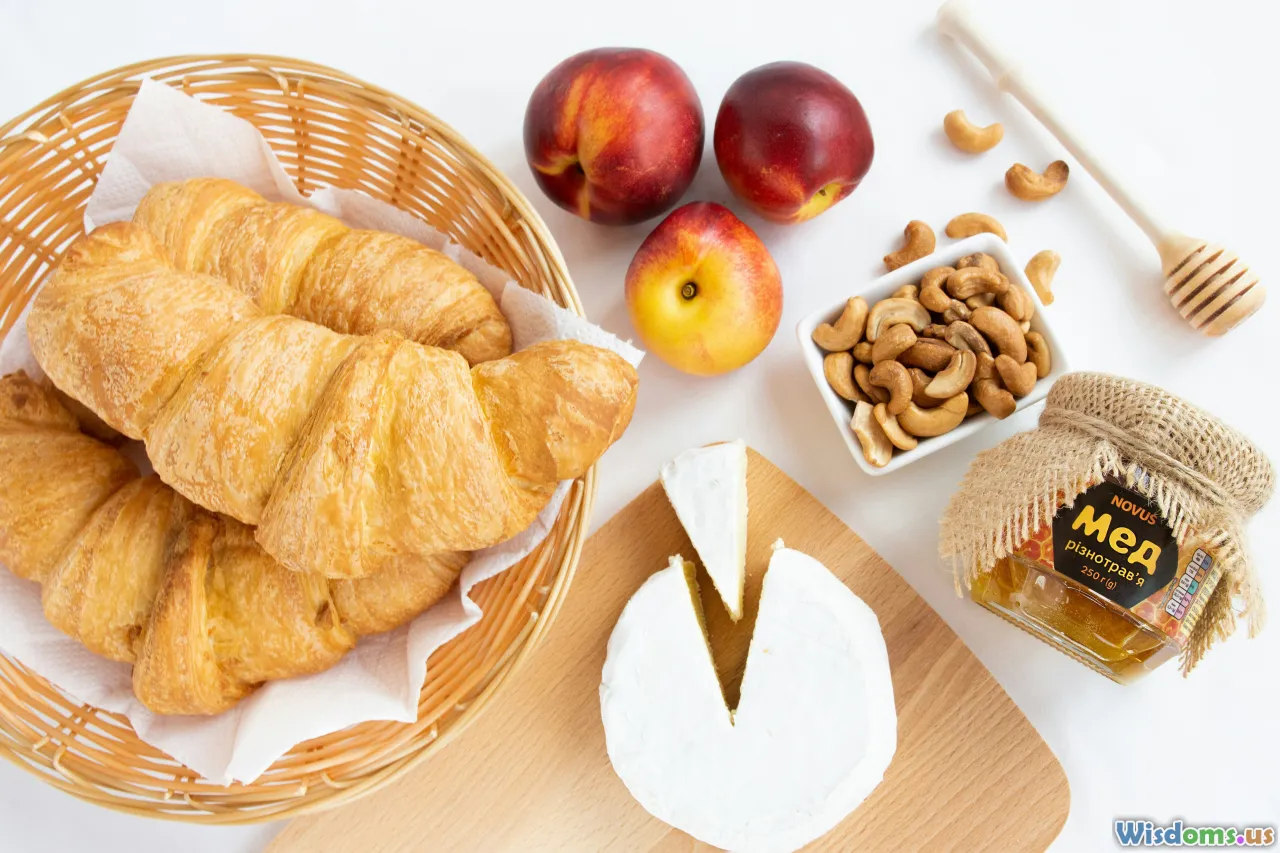
The wellness industry markets many foods as "super" – from sugar-laden acai bowls to $10 superhero juices. Here’s how to avoid slipping into hype trap:
- Prioritize whole, minimally processed foods (whole berries, nuts, unflavored yogurt, fresh greens).
- Read ingredient lists: Many, so-called superfood snacks add extra sugar, unhealthy oils, or flavourings.
- Watch portion sizes: A tablespoon of chia seeds goes a long way, but four can lead to an upset stomach.
- Rotate your choices: Variety ensures diverse nutrients and keeps meals interesting.
Example: Instead of drinking a sweetened "matcha-latte" with added syrup each day, brew matcha at home and pair with a handful of almonds for healthy fat.
How to Incorporate Superfoods on a Budget
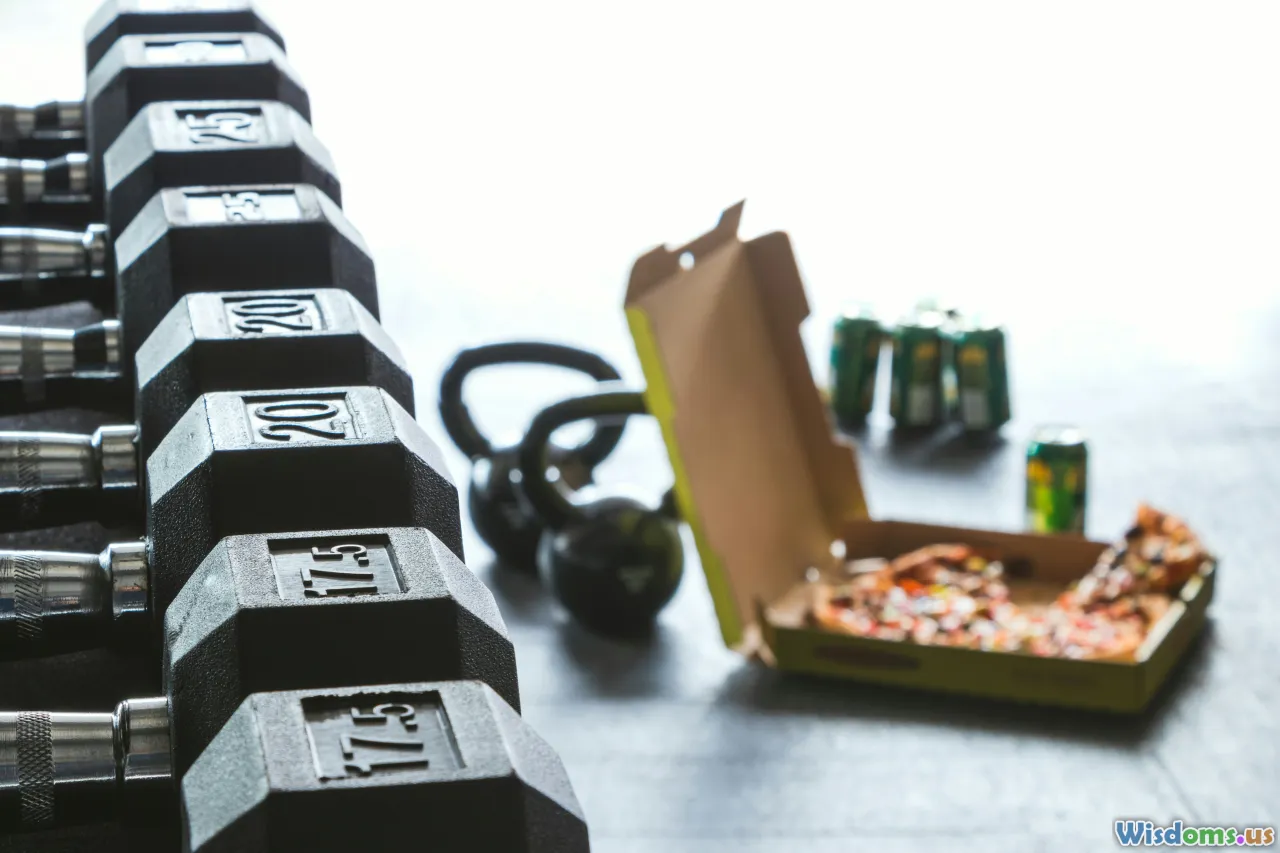
Eating for recovery doesn’t have to be expensive. With some planning, you can harness the same benefits without breaking the bank:
- Buy frozen fruit and vegetables: Flash-frozen produce, like blueberries or spinach, retains nutrients and costs less.
- Shop in-season: Fresh berries and leafy greens are often cheapest at peak harvest.
- Bulk bins for seeds, nuts, and grains: Pumpkin seeds, walnuts, and oats can stretch across many meals.
- Use canned wild salmon or sardines: Less costly alternatives to fresh, with the same omega-3 punch.
- DIY snack packs: Make your own trail mix rather than paying premium for pre-packaged "superfood" snacks.
Case Examples: Athletes Who Use Real-Food Recovery
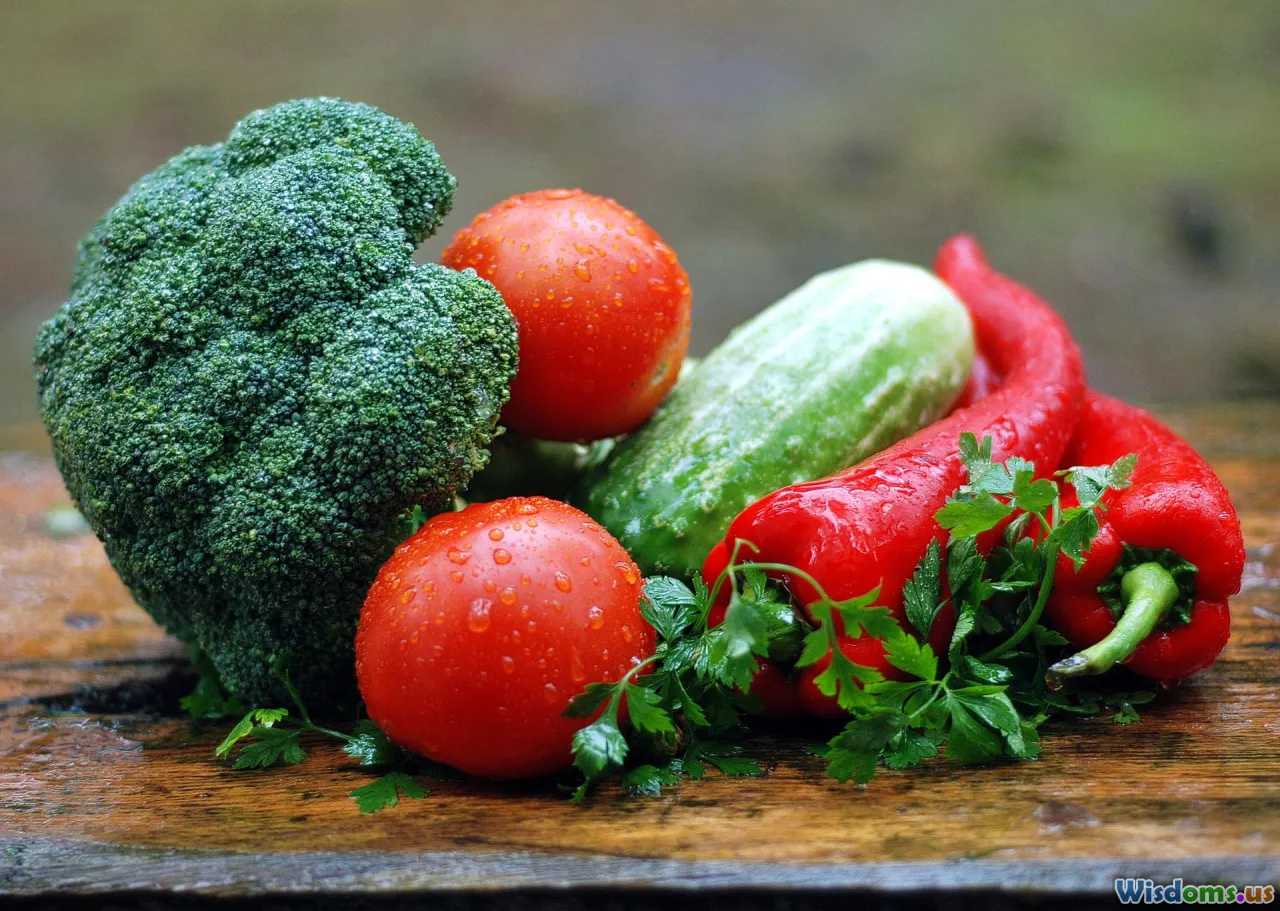
- Eluid Kipchoge, Olympic marathoner: Emphasizes ugali (cornmeal porridge), vegetables, eggs, and fruit rather than supplements. His protein intake is supported mostly by dairy and legumes.
- Serena Williams: Famous for fueling on whole grains, nuts (especially walnuts), leafy greens, and occasional doses of nutrient-rich fish.
- Rich Roll, ultra-endurance athlete: Follows a plant-based approach, harnessing lentils, yams, quinoa, and superfood smoothies packed with greens and berries.
These top athletes reflect a broader trend: Using real, largely unprocessed foods as cornerstones of recovery, not the latest designer supplement.
Action Steps: Designing a Personalized Superfood Recovery Plan

Here’s how athletes at any level can incorporate superfoods for optimal recovery:
- Identify your training load: The heavier and more frequent it is, the more you’ll need to focus on nutrient density.
- Keep a food log for 3–5 days: Note how you feel after meals, recovery, and energy. Look for gaps in color, variety, or key food groups.
- Select 1–2 superfoods per meal/snack: Example – spinach omelet for breakfast, salmon and quinoa at dinner, berries with yogurt as a snack.
- Prep ahead: Batch cook key ingredients (roast sweet potatoes, cook grains, prep greens).
- Stay consistent, not perfect: It’s not about a single "perfect" meal, but habitual, thoughtful choices.
Checklist for a Recovery-Boosting Plate:
- Colorful vegetables (leafy greens, peppers, berries)
- Quality protein (wild fish, Greek yogurt, eggs, pulses)
- Omega-3-rich foods (salmon, walnuts, flax/chia seeds)
- Mineral-rich nuts/beans (pumpkin seeds, lentils)
- Natural anti-inflammatories (ginger, turmeric)
No powder or bar can replace the work of meals built from real, vibrant foods. Harnessing the concentrated power of superfoods means supporting your athletic journey not as a quick fix, but as a way of life – flavorful, nourishing, affordable, and full of nature’s wisdom. The next time you're crafting a recovery meal, let every color and ingredient on your plate remind you: real food really works.
Rate the Post
User Reviews
Popular Posts












